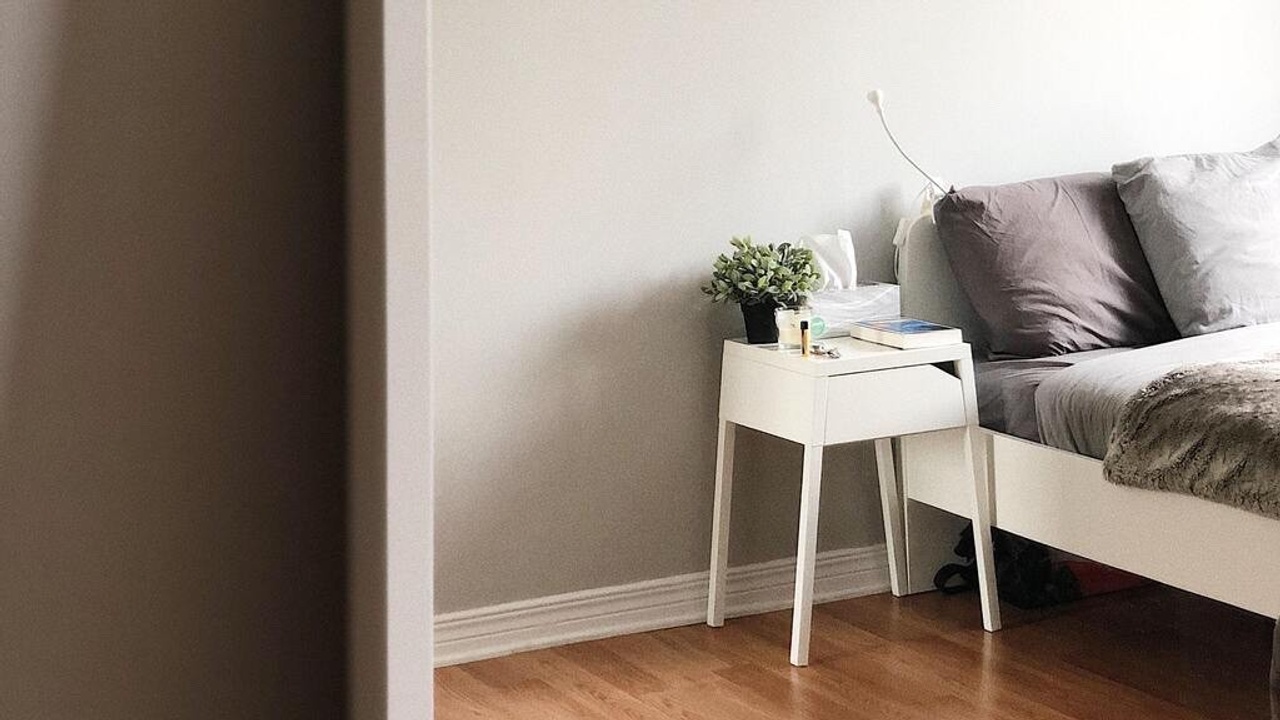Obstructive Sleep Apnea
Jun 15, 2022
Does your spouse tell you that you snore so loudly they need to leave the room? Do you wake up in the morning feeling like you have not slept?
Obstructive Sleep Apnea (OSA) is a serious and common sleep disorder that can affect sleep quality, a person's ability to safely perform normal daily activities, and long-term health. In a person with OSA, air movement is periodically reduced or stopped overnight. Ultimately this means the brain and body are not getting enough oxygen. Sleep apnea is associated with high blood pressure, weight gain, diabetes, stroke risk, and heart disease. It is estimated that more than 25 million Americans have it, and many may be undiagnosed.
Some common symptoms include:
- Daytime sleepiness,
- Morning headaches,
- Snoring, choking, or gasping during sleep,
- Napping,
- Frequent awakenings, restless sleeping,
- Frequent nighttime urination.
Common Risk Factors:
- Age,
- Male gender (2-3x more common),
- Increased BMI (10% increase in weight associated with 6x increase in risk),
- Large neck circumference,
- Upper Airway abnormalities,
- Smoking,
- Family History.
Diagnosis of OSA
If you are concerned that you may have sleep apnea based on risk factors or symptoms, you should discuss it with your primary care doctor.
The in-laboratory polysomnography (PSG) or sleep study is the “gold standard” test; The PSG measures the breathing effort and airflow, blood oxygen level, heart rate and rhythm, duration of the various stages of sleep, body position, and movement of the arms and legs.
Home monitoring devices are available that monitor breathing, oxygen saturation, position, and heart rate. This is an alternative to testing in a sleep laboratory if sleep apnea is likely and no other sleep conditions are suspected.
The diagnosis of OSA is based upon the presence or absence of related symptoms, as well as the frequency of respiratory events during sleep. OSA is then classified into mild, moderate, or severe depending on the number of events per hour.
Treatment
The goal of OSA therapy is to keep the airway open overnight to improve and resolve symptoms, improve sleep quality, and normalize oxygen and reduce events. Initial treatment with lifestyle changes including weight loss, cutting down on drinking, and increasing exercise can reduce symptoms for many.
Continuous Positive Airway Pressure (CPAP) is a machine that is the main therapy that helps stabilize the upper airway. American Academy of Sleep Medicine recommends CPAP for all patients who have been diagnosed with OSA. Oral appliances are an alternative treatment for people who decline CPAP. Surgery may be considered for some who have a surgically corrective obstructive issue like large tonsils.
When OSA is properly diagnosed and treated, people see an improvement in symptoms and have many long-term health benefits. If you think you may have OSA, discuss your concerns with your physician or health care provider.
DISCLAIMER: Sarah Smith MD is a medical doctor, but she is not your doctor, and she is not offering medical advice on this website. If you are in need of professional advice or medical care, you must seek out the services of your own doctor or health care professional.

